The Country offers varied terrain encompassing glaciers, volcanoes, grassland, desert, lakes and forest. A wine tour for wine lovers and a tour to the wild to discover Penguins. We pen down a one to one rendezvous with the Ambassador of Chile for you to explore.
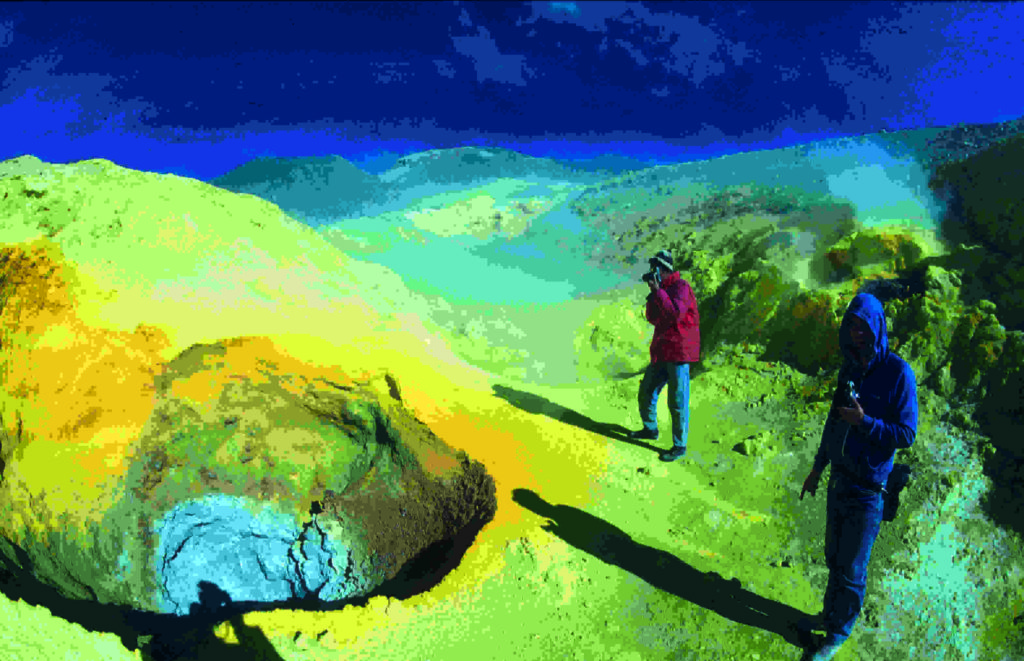
1. What does Chile offer to it’s first time visitors?
Chile is a safe country for the traveler, and has a great variety of natural attractions. We are a very long strip of land, and a visitor will find everything from arid deserts and highland lagoons of impressive colors, to ancient glaciers and national parks of great beauty.
Lonely Planet chose Chile in 2018 as Best in Travel, the best country to visit and also for 4 consecutive years has been chosen by the World Travel Awards (version No. 26 of 2019) as the Best Destination for Adventure Tourism in the world.
Chile is a country of diversity and contrasts. Among peculiarities, its presence in the three Continents stands out, since it has territory in America, Antarctica and Oceania. Its extension from north to south reaches 4,300 kilometers in a narrow strip between the Andes Mountains and the Pacific Ocean coast with a width of around 200 kms. It begins with the driest desert in the world and ends in glaciers and straits that melt in the Pacific Ocean. The experiences are as rewarding as admiring gigantic masses of ice or contemplating one of the clearest skies on the planet.
Chile has taken a step forward to move towards sustainable tourism development. The effort is focused on generating promotional activities and facilitating the implementation of good practices, that invite the private sector to carry out its tourist operation, thus minimizing their environmental impact, valuing cultural heritage and enhancing local economies. The country believes in promoting the three pillars of sustainability: environmental, socio-cultural and economic.
The country is divided into five marked geographical and climatic zones. The north, influenced by the presence of the Atacama Desert; Santiago and the Central Valley, defined by its Mediterranean climate; the south comprising of the lakes, rivers and volcanoes; at the southern end, Patagonia and the Antarctic Territory and finally the islands, highlighting Rapa Nui Island (Easter), the Juan Fernández and Chiloé Archipelago.
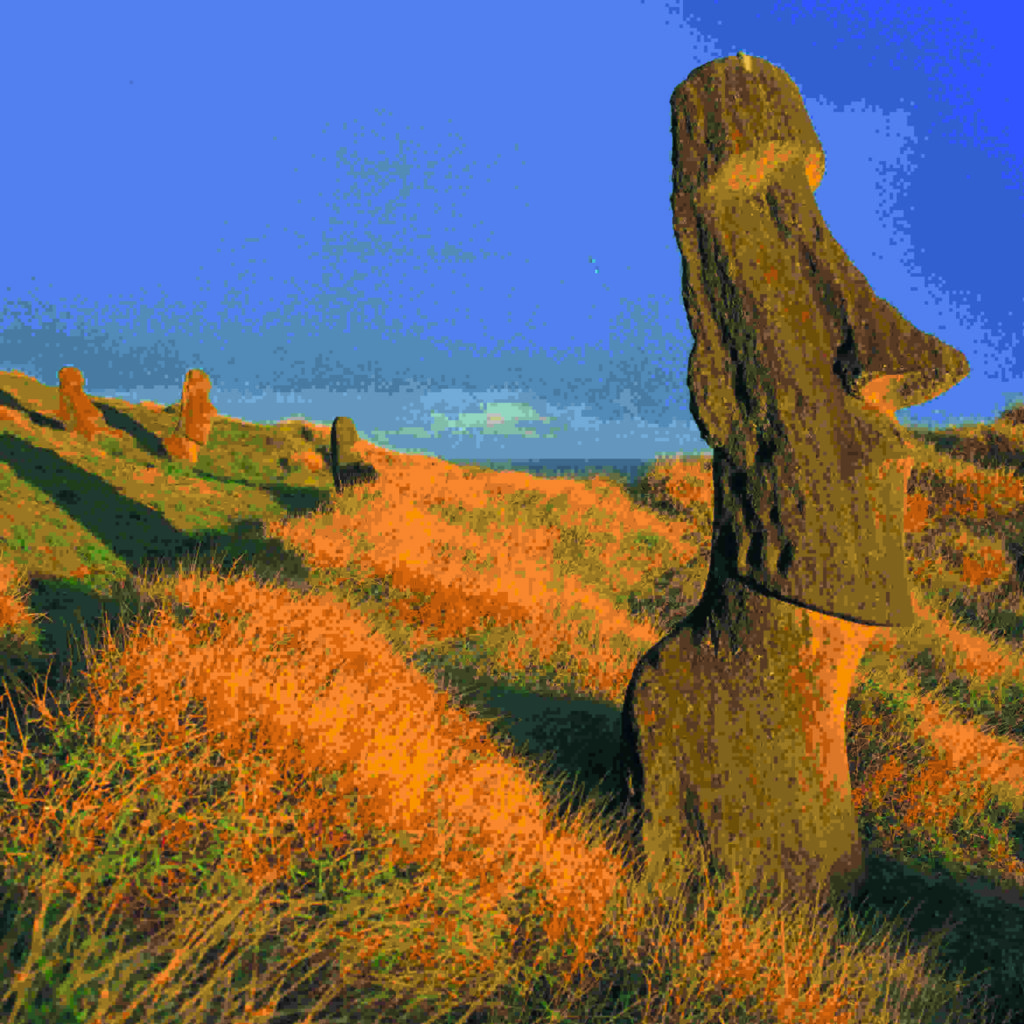
2. Tell us about the Food and Culture.
Chile is a well-kept gastronomic treasure and the fruits that the land presents are worth your visit. It is a country of tastes and Santiago, with its sophisticated gastronomy, brings together, a perfect selection flavors. Our ingredients are printed in each flavor of the 4,000 kilometers of coastal edge and the deployment of 17 climates. From these products prepared with local techniques, originate blends that give a unique identity and new life to food. Among the most famous local dishes are the corn cake, pine empanadas or Chiloé curanto, wherein the food is steamed in a covering of native leaves and hot stones placed under the ground.
Our cultural and social identity maintains traits of the past, varying from the Spanish conquest, European immigration and the traces of native people. Our character is the result of the multiple contrasts of land located between the mountains and the sea, showcased through our literary repertoire.
The waves of the Pacific Ocean inspired Pablo Neruda. Passionate and esoteric somber works of love consecrated him as the poet of the most reproduced verses in the world. The landscapes of Vicuña, inside the Elqui Valley, marked the life and work of the first Nobel Prize for Latin American Literature, Gabriela Mistral. From the ironic testimony of a dubious world, Nicanor Parra created the antipoetry, while the influence of his aesthetic proposal marked a milestone for national letters. These very words resisted the passage of time and transformed Chile into a country of poets.
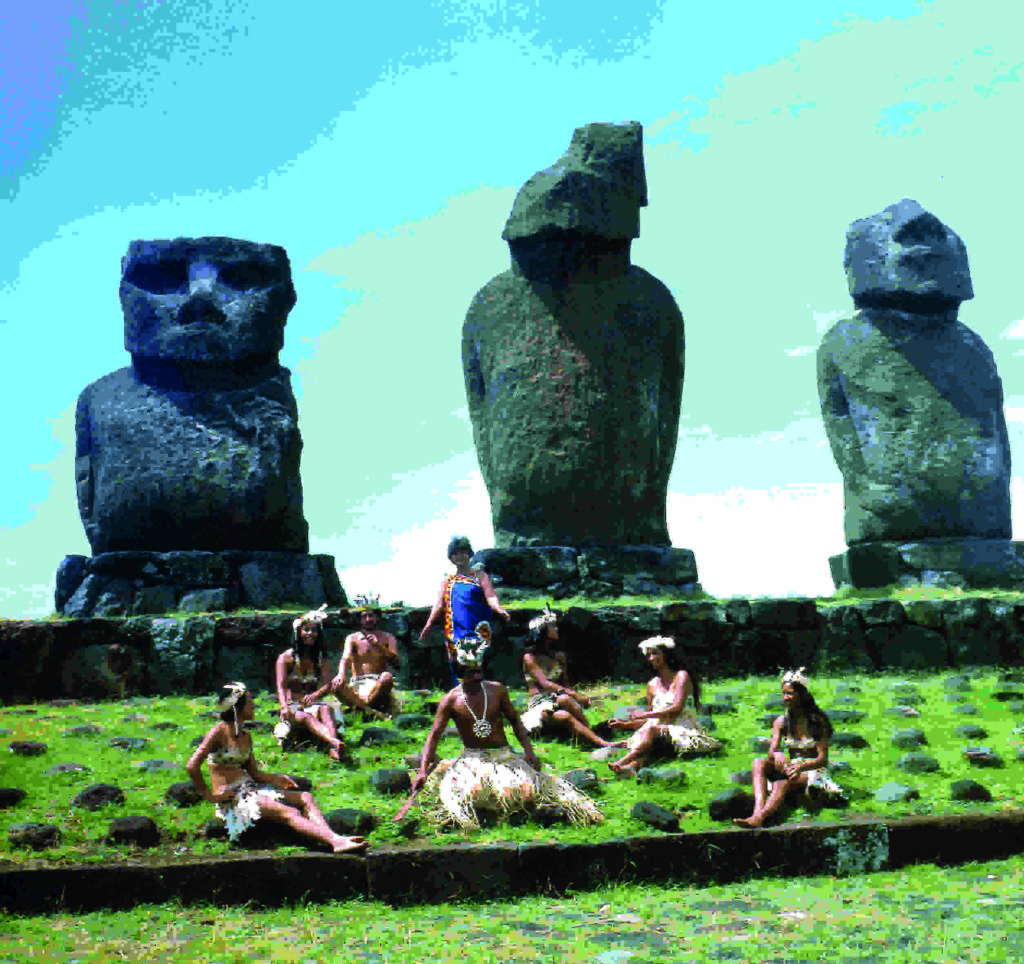
3. Chile and wines are synonyms to each other. The Country is home for wines and one of the largest producers in the world. Tell us more about this.
The wine is part of the culture and history of Chile, and its origin dates back to the arrival of the first Spaniards. This industry has become one of the most important economic and commercial activities in the country.
“Vines and wines to evangelize Chile”, this was the requirement that Pedro de Valdivia, the founder of Santiago, the capital of Chile, wrote to King Carlos V of Spain in a letter, on September 4, 1545. This historical event was the beginning of the wine industry and also, the date chosen 460 years later to define September 4 as National Chilean Wine Day.
Vineyard plantations were spreading throughout the national territory, however, the system for the cultivation and technology in wine production remained unchanged until the mid-nineteenth century. From 1850 and the following decades, the necessary changes generated, laid the foundations of the modern Chilean wine industry, carried out by Chilean entrepreneurs. Towards the end of the 19th century, Chilean wine acquired a greater presence and its production increased considerably thanks to the new thrust granted by the development of transport and commercialization systems. Also, because of phylloxera free vineyards: thanks to the isolation of the country the disease never reached it.
In the 1990s, the industry experienced another crucial milestone: the Carmenère strain was rediscovered in the country, after being considered extinct for over 100 years. It was in Chile that it developed and achieved its maximum expression, thanks to the climatic and soil conditions. This helped in managing to become together with the Cabernet Sauvignon, an emblematic strain of the country.
In the last 40 years, Chilean vineyards have opted to position themselves as niche in the world and reached the global consumer, by creating oenological innovations for increasingly demanding consumers. Today, Chilean wines are recognized globally and are present in 150 countries.
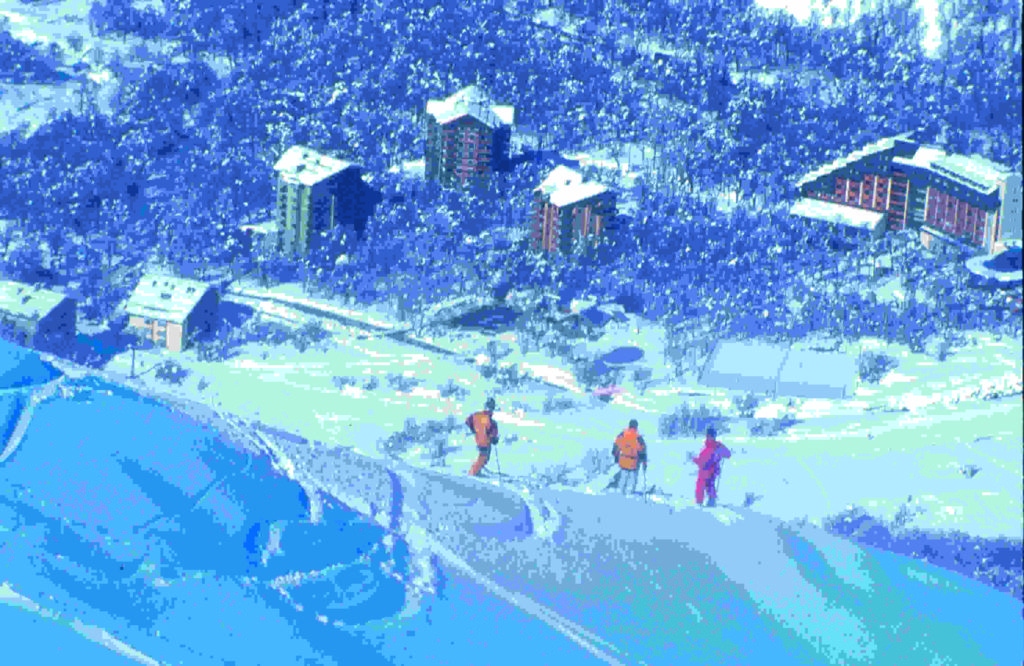
4. What are the adventures one can explore when in Chile.
Due to its varied landscapes, in Chile you can experience all kinds of adventure sports, like hiking, skiing, kayaking, mountain bike, water sports, and many more. You can also immerse yourself in the life and environment of ancient Chilean cultures, like the Mapuche in the south, and learn about their characteristic traditions, beliefs and customs. In the farthest south, you can learn about the Onas or Selknam, an ethnic group whose world view connected them with the southern sea channels and the Antarctica. Their heritage is still felt in the population of the zone, despite their closeness to extinction due to the immigration of European settlers at the end of XIX and beginning of XX centuries.
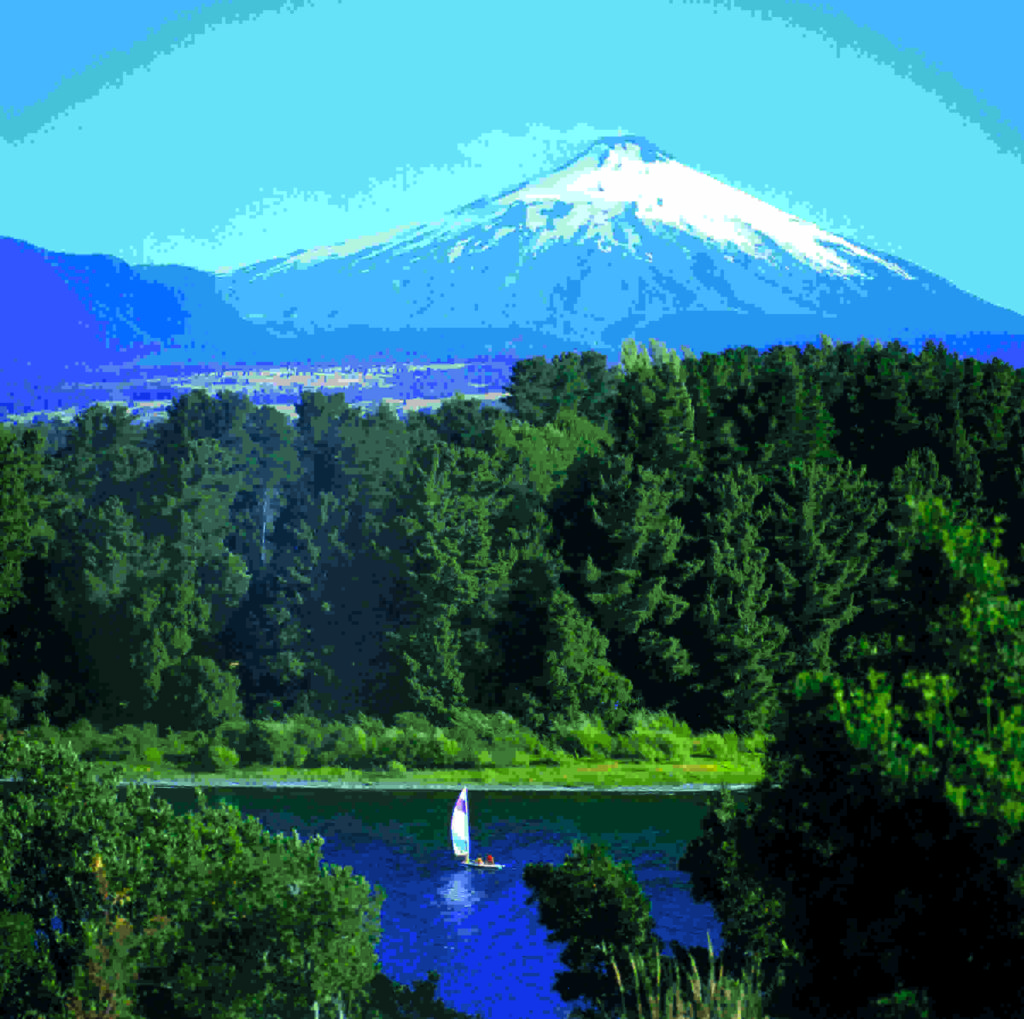
5. 5 must do things in Chile.
Going to the top of San Cristobal Hill, in Santiago. It is inside the Metropolitan Park, the 4th biggest urban park in the world, with almost 800 hectares. There you will find an astonishing view of the city and the mountains surrounding it. It’s perfect for taking pictures, and also is a preferred place for indulging in sports due to its green environment.
Visiting Easter Island, one of the most remote islands in the world, located in the middle of the Pacific Ocean, in the continent of Oceania. Its big statues, the Moais, are famous worldwide, while its people and culture, the Rapa Nui, are one of the most mysterious for anthropologists and people interested in ancient civilizations.
You should go to the Mercado Central, in Santiago, to try the Chilean seafood, and to experience the architecture of the place. Nearby you could visit “La Piojera”, a typical tavern in which you can experience all kinds of Chilean food, beverages and cocktails, including the so-called “Terremoto” (“earthquake”).
A Chilean wine is a definite buy while the bottle of pisco –our national brandy is a must try. Another interesting facet are Chilean handicrafts –which are made of lapislazuli or from the Mapuche culture stand out-, and some typical costumes like the Chilean hat –called Chupalla.
And you should visit places in the north like San Pedro de Atacama or the observatories to take advantage of the flourishing Astrotourism, or the south, to visit places like Torres del paine National Park or the Magellan Strait in the city of Punta Arenas.
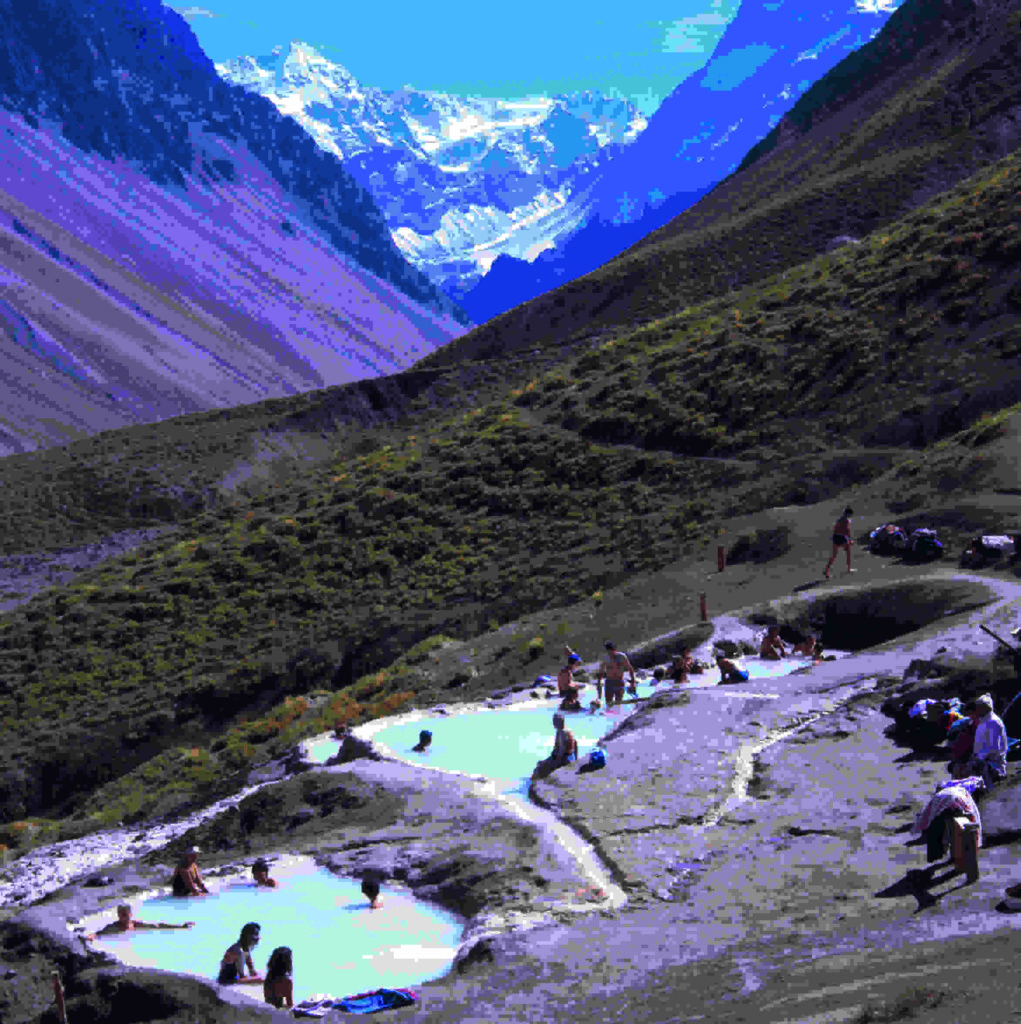
6. Do we have any similarities between India and Chile.
Yes, definitely. People from both countries still value the family, the traditions, and have a respect for the local culture. We are proud of our heritage, and positive about the future. People from both the Countries are energetic, hard-working, ingenious, innovative and sociable. This surely helps to bring more development and happiness to our countries, and helps to establish contacts between both.
When it comes to day to day interactions, I’ve been able to notice that when I speak to an Indian, I can easily connect with them. There’s a kind of empathy, which is difficult to explain, and that you can’t find easily with other cultures. At some deep level, some affinities emerge, which help with the communication and to build trust and linkages.
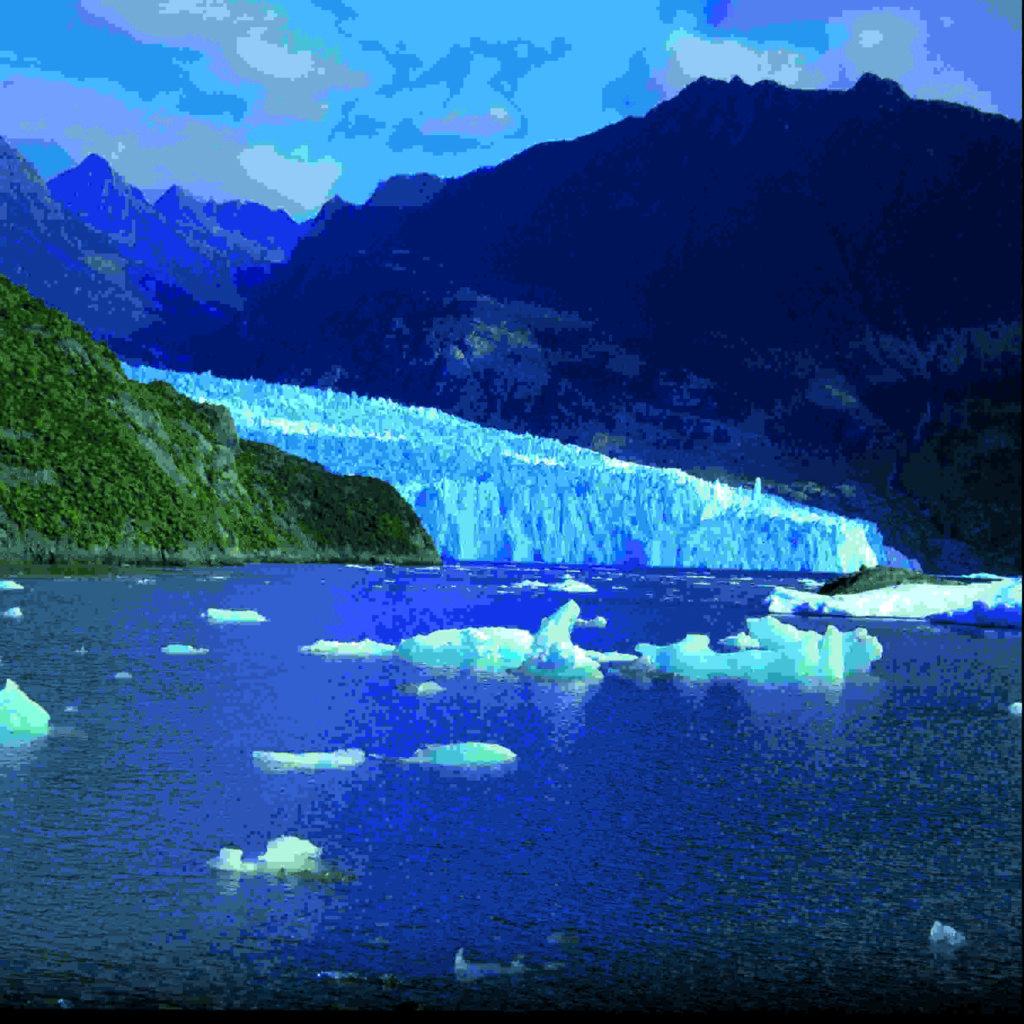
7. Travel to you is.
Experiences.
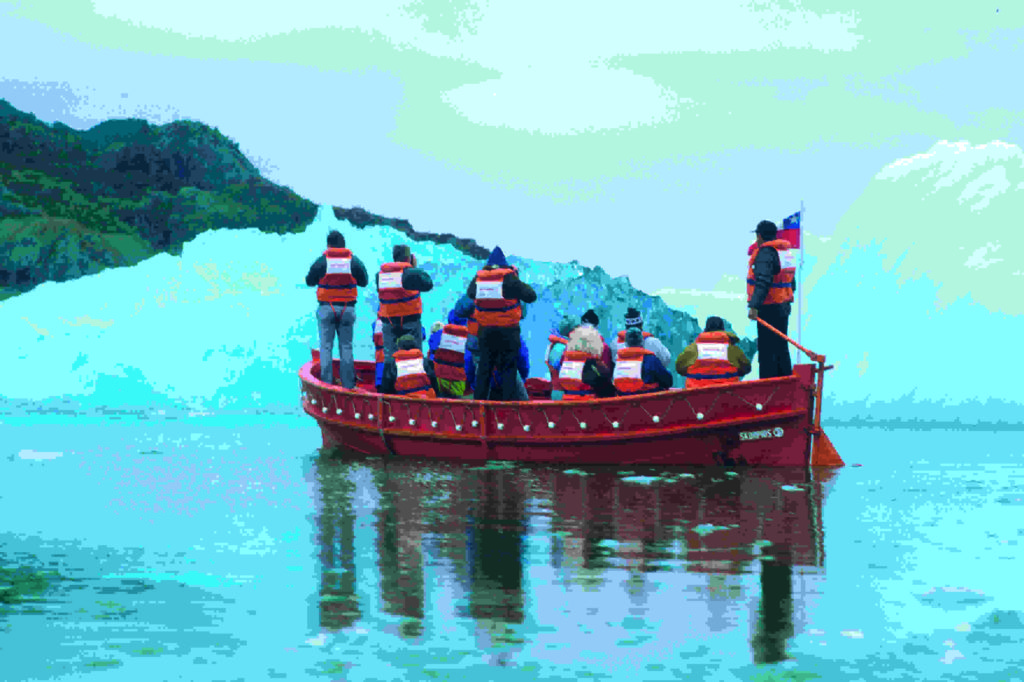
8. What is your favourite destination in Chile and why?
I like the Atacama Desert. Notwithstanding it being the driest place in the world, it has beautiful old towns and ruins, which have been preserved and were home to ancient cultures -like the Atacameños. The surroundings are very varied as well, being a unique blend of colourful mountains, salares, geysers, observation of the sky and fauna, like the pink flamingos. The whole ensemble of the Altiplano creates a unique atmosphere of relaxation and disconnection, in a way very similar to what you can encounter in the plateaus of the Himalayas.
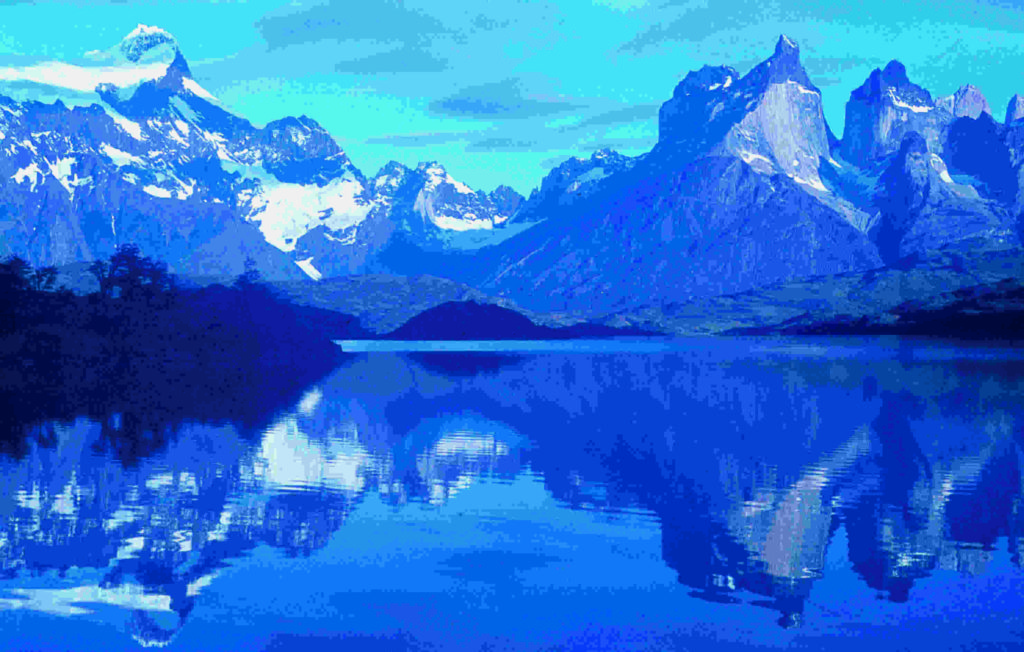
9. What do you like about India.Which is your favourite destination in India and why.
I like the variety India offers. Every place has a different history, culture, language and customs. Also, since is a very old country, almost everywhere you can find old buildings, going back to centuries or even thousands of years.
Being only a year in India I am still in the process of discovering many places of the country and in everyone of them I’ve found something special. From the places where I have been so far, Varanasi definitely is something special, the atmosphere of the city, the devotion of pilgrims, the many historic places, temples and buildings to visit and the magnificent view of the Ganges and the palaces that surround the river.

In Talks with Mrs. Patricia Vrij - First Lady of Chile
1. Tell us about shopping in Chile and what is a must buy.
In Chile you can find many good spots for shopping; you could say it’s very easy to visit places where you will find interesting things. Commercial centres are very potpular and varied, from the more elegant and traditional –like “Parque Arauco”-, to more convenient ones, as the popular neighbourhood of “Patronato”. If you like antiquities or memorabilia, there are some very interesting centres and flea fairs, in which you can find almost everything, from old and new furniture, to mechanical and decorative devices and appliances, at a very affordable price. Crafts and souvenirs of lapis lazuli are a must, as are the crafts in wood, copper or other semi-precious stones. Leather products and of course wine should be on the list.
2. Which is a must try food when in Chile?
You should try the very Chilean sandwiches and completos, (a local form of a hot-dog), which are extremely popular among Chileans. You can find them in many places, almost in every restaurant. There are unique Chilean variations of the same, like the “Barros Luco”, “Barros Jarpa“, “Chacarero”, and “Italiano”. Two traditional places to try them in Santiago are “Fuente Alemana” and “Domino”, where you will be amazed by the size of the portions, the abundance of the accompaniments and the delicious flavours. You have to have into consideration that these almost always involve a portion or piece of meat. Of course you should try our national and very popular festive drink, Pisco Sour, made with Pisco, from the north of the country. But you also have many more, if you want to try vegetarian food, from Chilean humitas, veg empanadas, in specialized restaurants like “El Naturista”. Also, a visitor should not forget to taste a variety of products from the sea, like fish and different preparations of seafood.

